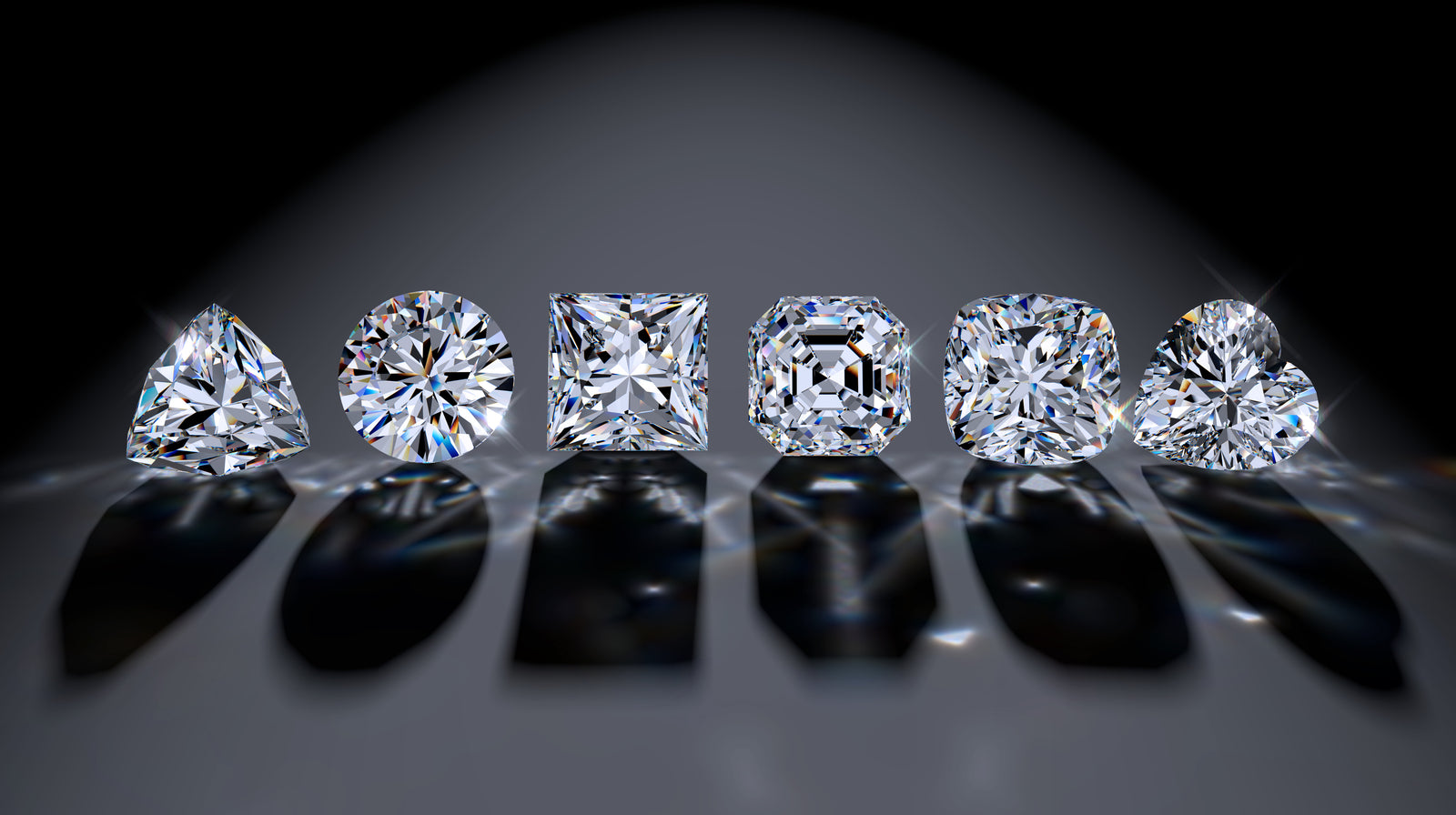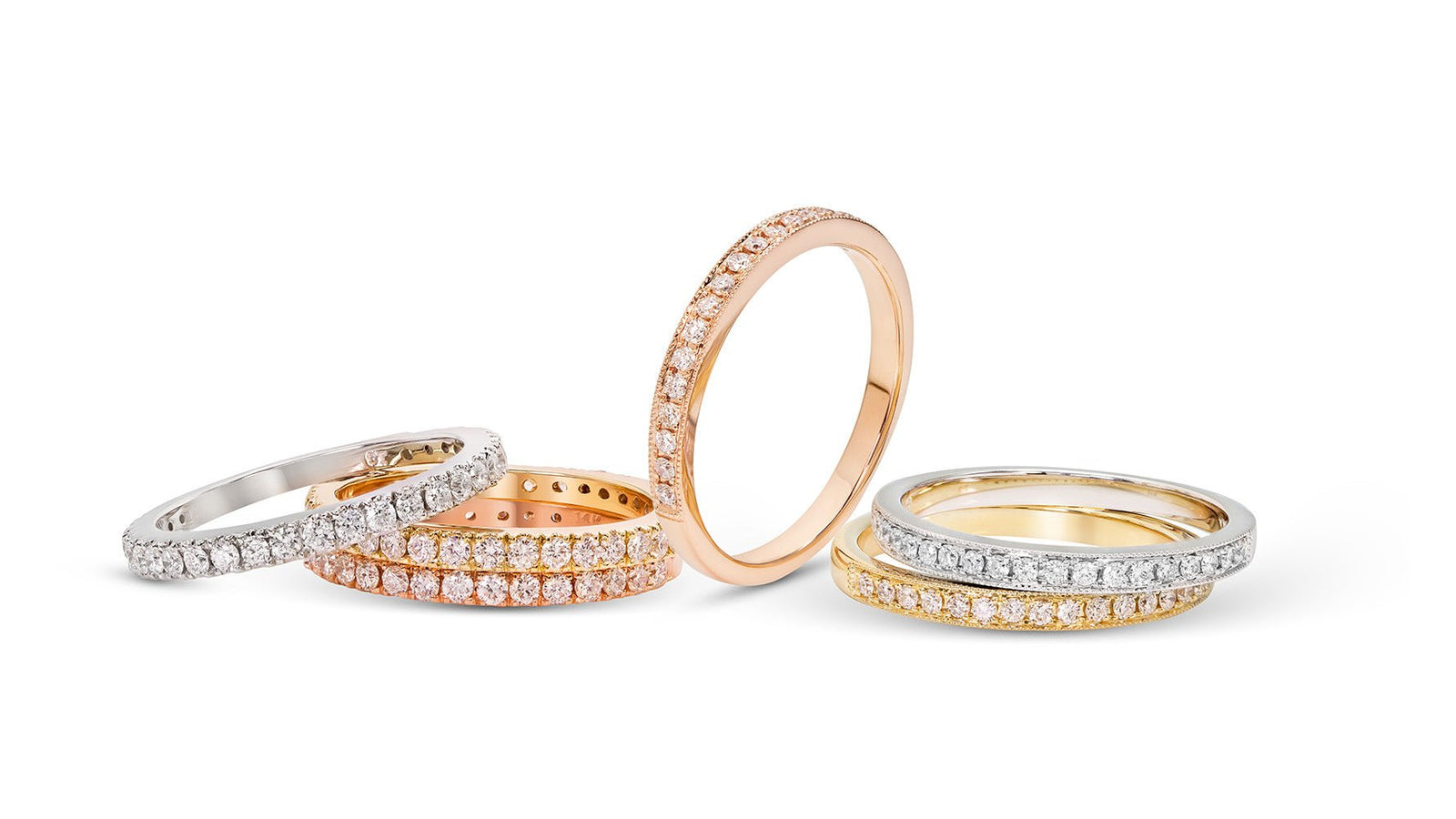Introduction
Natural diamonds, formed deep within the Earth over millions of years, have long held a special place in human history and culture. In this exploration of natural diamonds, we will delve into their fascinating journey from the Earth's depths to their significance in various cultures, the ethical considerations surrounding their extraction, and why some individuals choose natural diamonds over their lab-grown counterparts.
Formation of Natural Diamonds
The incredible journey of a natural diamond begins around 100 miles beneath the Earth's surface, where carbon atoms undergo high pressure and temperature conditions, crystallising over millions of years. Volcanic eruptions then transport these diamonds closer to the Earth's surface, creating kimberlite pipes or alluvial deposits, where they are discovered by diamond miners.
Characteristics and Grading
Natural diamonds exhibit a wide range of characteristics, including colour, clarity, cut, and carat weight. The Gemmological Institute of America (GIA) employs a rigorous grading system to assess these qualities and determine a diamond's value. This system helps buyers make informed decisions based on factors such as the diamond's colour, lack of imperfections, cut precision, and size.
Learn more about diamond certification.
Cultural Significance
Diamonds have played a crucial role in various cultures, symbolising love, commitment, and enduring strength in relationships. The tradition of presenting diamond engagement rings, popularised in the 20th century, has solidified diamonds as timeless symbols of significant milestones. The emotional and cultural significance attached to natural diamonds often makes them the preferred choice for those seeking a connection to tradition and history.
Choosing Natural Diamonds
While lab-grown diamonds offer an ethical and sustainable alternative, some individuals are drawn to natural diamonds for reasons beyond their visual appeal. The authenticity and rarity associated with natural diamonds, formed over millions of years in the Earth's embrace, contribute to their mystique. Choosing a natural diamond may reflect a desire to connect with nature, history, and tradition, as well as to celebrate the unique journey each natural diamond has taken from the heart of the Earth to adorn the lives of those who cherish them.
In conclusion, natural diamonds continue to captivate hearts worldwide, not only for their undeniable beauty but also for the rich history and cultural significance they carry. Whether chosen for their rarity, emotional symbolism, or ethical considerations, natural diamonds remain an enduring expression of love and a testament to the wonders of the Earth's depths.




